1918 vs 2018: 13 things women couldn’t do 100 years ago

Women’s suffrage was a pivotal moment in the battle for equality, but in 1918 women still faced many forms of discrimination.
While 8.4 million women gaining the vote in 1918 represented significant progress for the feminist movement, gender inequality was still prevalent in the era and beyond.
Many laws and societal attitudes meant women faced barriers and prejudice throughout society - in work, education and marriage.
Here are just a few examples of the discrimination women faced in 1918.
Hold property on the same terms as men
In 1918, women could not inherit property on the same terms as men. The Law of Property Act 1922 changed that and meant a husband and wife could inherit each other's property.
Legislation passed four years later meant women could finally hold and dispose of property on the same terms as men.

Serve on a jury
Women were unable to serve on a jury or as a magistrate until the Sex Disqualification (Removal) Act 1919 was passed.
However, juries remained overwhelmingly male over the next 40 years before rules concerning jury qualification were reformed in the Seventies.
Open a bank account or apply for a loan
Women also faced financial discrimination and were seen as a high-risk investment by banks as little as just 50 years ago. It wasn’t until 1975 that women could open a bank account in their own name.
Single women still couldn't apply for a loan or credit card in their own name without a signature from their father, even if they earned more, as recently as the mid-Seventies.
Working women were also refused mortgages in their own right in the Seventies, unless they could secure the signature of a male guarantor.
A 2011 report, by left-wing think tank The Institute for Public Policy Research, found evidence of discrimination against businesswomen by banks still existing today. It also found an unlawful denial of fair access to mortgages on the basis of pregnancy or maternity leave.
“It is a picture that seems to be based on stereotypes about women as inevitable primary care-givers to children and secondary earners and one which plays into discursive norms of the undervaluing of women,” it said.
Be refused service for spending their own money in a pub
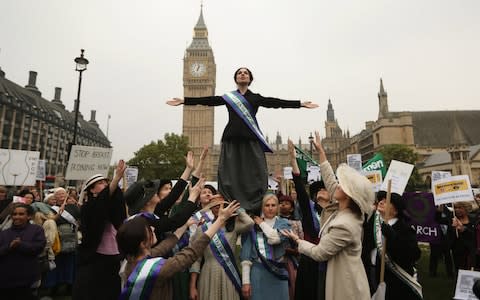
Before 1982 women trying to spend their money in English pubs could legally be refused service, a reflection of the older societal norms that had established pubs as a ‘male-only’ social place.
The origin of the ban was thought to date to the Second World War to prevent unescorted women of ill-repute picking up customers.
Protests against the rules had made themselves heard over a decade earlier, when in 1970 a group of female journalists demanded to be served because ‘our money is equal so our rights must be equal’. In the 1970s women could legally be refused the right to go drink unaccompanied.
Become an accountant or lawyer

The Sex Discrimination Removal Act 1919 changed the law on women being disqualified from certain professions on the grounds of sex.
It gave women access to the legal profession and accountancy for the first time and meant they could also hold any civil or judicial office or post.
Dr. Ivy Williams was the first woman to be called to the Bar in England in 1922 and the first woman to be awarded the degree of Doctor of Civil Law in Oxford in 1923.
The Sex Discrimination Act 1975 made it illegal to discriminate against women in work, education and training.
However, horrendously sexist adverts objectifying women from the era highlight the disparaging attitude towards women that still existed.
The Equality Act 2010 would eventually replace a number of different anti-discrimination laws.
It was not until 2013, a 200-year-old law forbidding women to wear trousers in Paris was finally revoked.
Have a right to equal pay
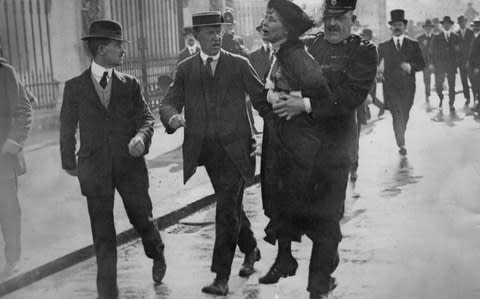
A strike by 187 female workers at a Ford car factory in Dagenham in 1968 is cited as being instrumental in the passing of the 1970 Equal Pay Act.
The machinists walked out and went on strike for three weeks in protest against their male colleagues earning 15 per cent more than them.
Former Labour Party MP Shirley Summerskill said the women played a “very significant part in the history of the struggle for equal pay”.
The Equal Pay (Amendment) Act 1983 allowed women to be paid the same as men for work of equal value.
However, equal pay is still an issue today, with women losing out on nearly £140bn a year due to gender pay gap.
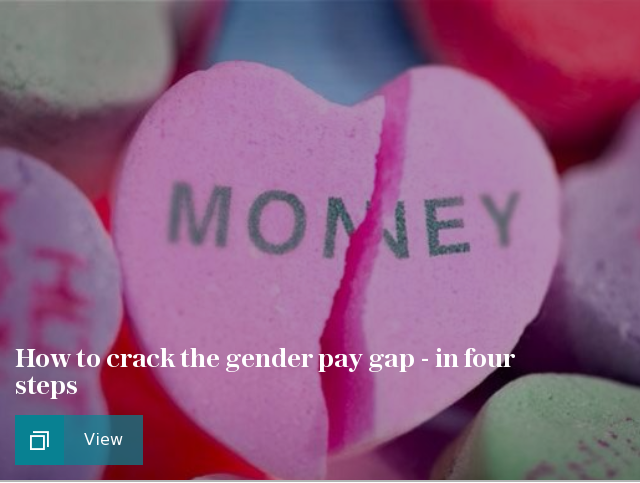
According to a 2017 report by the World Economic Forum, it could still take another 100 years before the global equality gap between men and women disappears entirely.
In 2017, women effectively worked "for free" for 51 days of the year because of the gender pay gap.
Women are also paid less than half than men at some of Britain's major companies, according to recent gender pay gap figures.
Be considered a ‘person’ in the eyes of the law
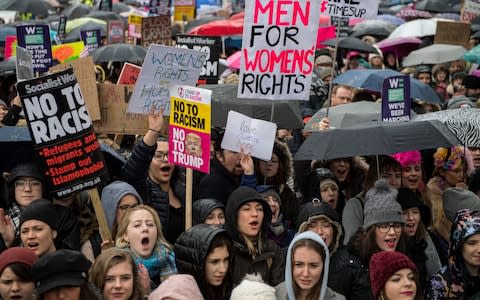
In 1929, women became ‘persons’ in their own right under Canadian law following a ruling by the Privy Council.
Canadian Emily Murphy, the first female magistrate in the British Empire, and four others, led the fight after lawyers challenged her right to pass sentence, arguing that as a woman she was not qualified to sit in the Senate of Canada.
A plaque created in their honour in the chamber reads: “To further the cause of womankind these five outstanding pioneer women caused steps to be taken resulting in the recognition by the Privy Council of women as persons eligible for appointment to the Senate of Canada.”
Sit in the House of Lords
The Life Peerages Act 1958 entitled women to sit in the House of Lords for the first time. Baroness Swanbourough, Lady Reading and Baroness Barbara Wooton are the first to take their seats.
Work on the London Stock Exchange
Women were admitted to the London Stock Exchange for the first time in the institution’s history in 1973 following campaigning by women in the financial sector.
Obtain a court order against a violent husband
The 1976 Domestic Violence and Matrimonial Proceedings Act enabled married women to obtain a court order against their violent husbands without divorce or separation proceedings.
A court could order a man out of the matrimonial home, whether or not he owned it or tenancy was in his name. Problems arose because this protection did not apply to unmarried women.
Single women couldn’t access the contraceptive pill
The contraceptive pill was launched in 1961. The pill suppresses women's fertility using the hormones progestogen or oestrogen (or both). In 1961 it was available to married women only, but availability was extended in 1967.
Get a legal and safe abortion
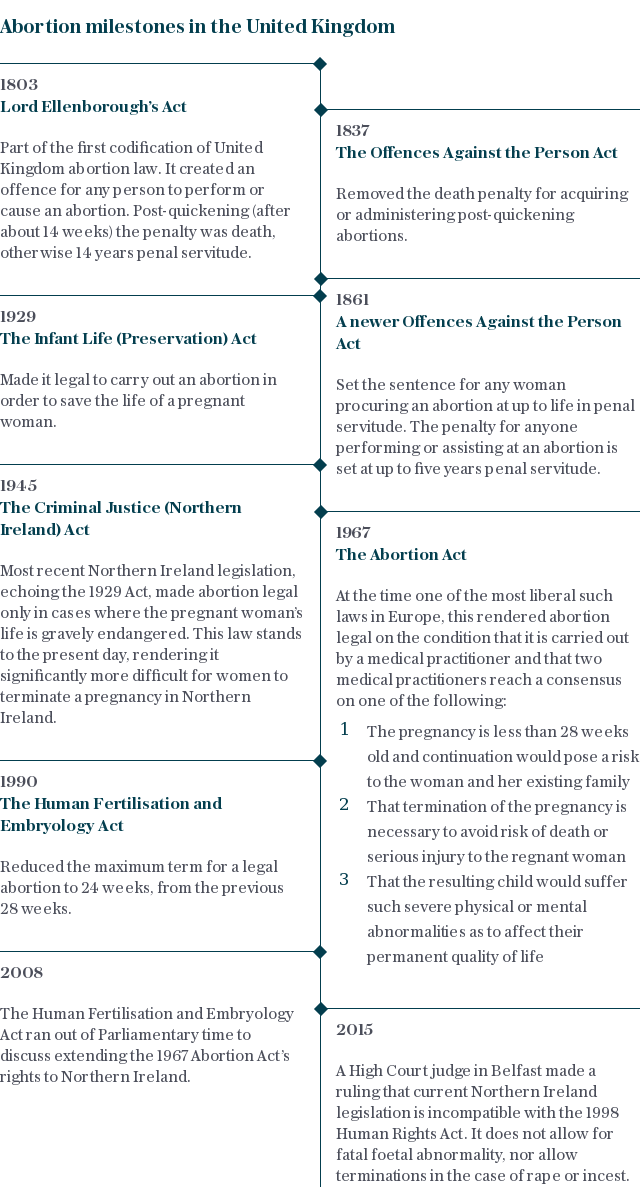
The 1967 Abortion Act legalised abortion in the UK, for women who were up to 24 weeks pregnant. Two consenting doctors had to agree that continuing the pregnancy would be harmful either to the woman's physical or mental health, or to the child's physical or mental health when it was born.
In Northern Ireland it remains unlawful to perform an abortion, except to preserve the life or mental health of the mother, while Ireland will hold a referendum in May on its strict abortion laws.
Report marital rape
It was not until 1991 that the House of Lords made rape in marriage a criminal offence in the UK.
Lawmakers ruled the 250-year-old law was ‘anachronistic and offensive’, adding: “A rapist remains a rapist and is subject to the criminal law, irrespective of his relationship with his victim.”
Women can still be forced to wear heels by their employer
Calls for a ban on “sexist” dress codes which force women to wear high heels to work has been rejected by the Government.
It means that employers can continue to insist that female employees wear heels, providing it is considered a job requirement and men are made to dress to an "equivalent level of smartness".
Women's rights today
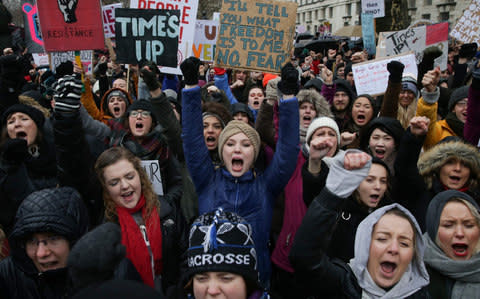
Last year’s women’s march and protests were attended by more than five million people in 81 countries worldwide. It was the largest single-day protest in US history.
In a statement before this year’s march, the organisers said: “We are coming together to pledge that we are going to make change in big and small ways. We will stand side by side, once again, in solidarity with our sisters, brothers and siblings around the world. Together we are strong and if we all work for a better world then time is really up for oppressors of women.”


